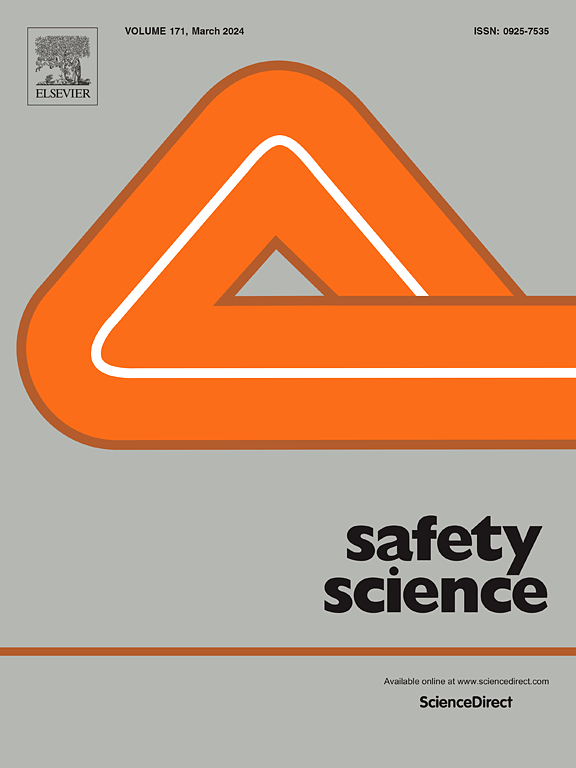通过分析险情和事故报告,确定搬运和提升货物的风险因素
IF 4.7
1区 工程技术
Q1 ENGINEERING, INDUSTRIAL
引用次数: 0
摘要
在工业、维修活动和多式联运中,与搬运/提升货物的设备有关的最大危险是倾覆、倒塌和货物坠落。事故极有可能造成人员伤亡和财产损失,特别是在重大危险行业,因为可能会释放出危险物质。文献综述显示,在使用起重机可能会因设备的可操作性而增加风险的行业中,缺乏用于进行完整风险评估的数据。本研究旨在填补这一空白。分析事故和险情报告以及建立数据库是这项工作的出发点。通过开发弓形分析法来定义相关事故原因,有助于计算事故发生率,了解主要改进措施,以减少意外事件的数量,并为风险管理提供支持。以重大事故隐患为重点,确定了主要事件,并开发了 "纽带"。通过使用数据集,为风险分析师提供了多种情况下的定量指标。案例研究是炼油厂内的一个设施,用于量化该设施内起重机活动的频率影响。数据处理会受到各种不确定性的影响,这些不确定性与技术变革、法规的复杂程度和遵守情况有关。使用类似的数据集对结果进行了验证。本文章由计算机程序翻译,如有差异,请以英文原文为准。
Identifying risk factors in handing and lifting loads by the analysis of near-miss and accident reports
The most significant dangers, associated with equipment for handling/lifting loads in industrial contexts, maintenance activities and intermodal transport, are overturns, collapses and load falls. Accidents have a significant potential for injury, death and damage especially in major hazard industries due the potential release of hazardous substances. The literature review shows a lack of data to be used in performing complete risk assessments in sectors where the use of cranes could increase the risk due to the plant operability. The aim of this study is to fill this gap. The analysis of the accident and near-miss reports and the construction of a database have been the starting point of this work. The definition of the correlation accident-cause, by means of the development of bowtie analyses, supports in calculating the accidental rates and in understanding the main improvements to reduce the number of the undesired events, and to support the risk management. Focusing on major accident hazards, the top events have been identified and the bowties have been developed. By using the dataset, quantitative bowties have been provided to the risk analyst for several contexts. A case-study, which is a facility inside a refinery, has been used to quantify the effect due to crane activity inside the establishment in term of frequencies. Data processing is subject to uncertainties of various kinds, linked to technological change, the greater or lesser complexity of regulations and compliance with them. The results have been validated by using a similar dataset.
求助全文
通过发布文献求助,成功后即可免费获取论文全文。
去求助
来源期刊

Safety Science
管理科学-工程:工业
CiteScore
13.00
自引率
9.80%
发文量
335
审稿时长
53 days
期刊介绍:
Safety Science is multidisciplinary. Its contributors and its audience range from social scientists to engineers. The journal covers the physics and engineering of safety; its social, policy and organizational aspects; the assessment, management and communication of risks; the effectiveness of control and management techniques for safety; standardization, legislation, inspection, insurance, costing aspects, human behavior and safety and the like. Papers addressing the interfaces between technology, people and organizations are especially welcome.
 求助内容:
求助内容: 应助结果提醒方式:
应助结果提醒方式:


